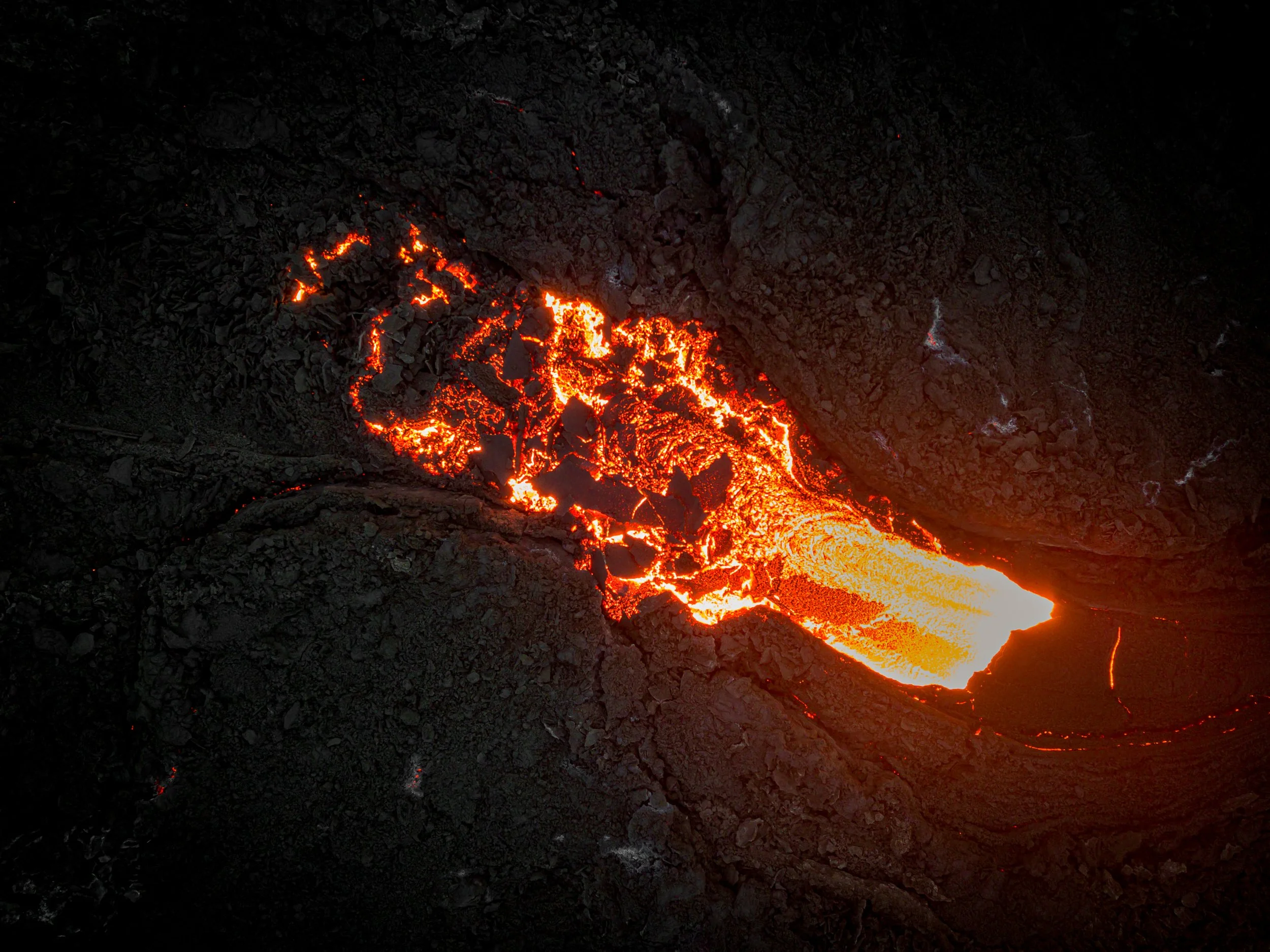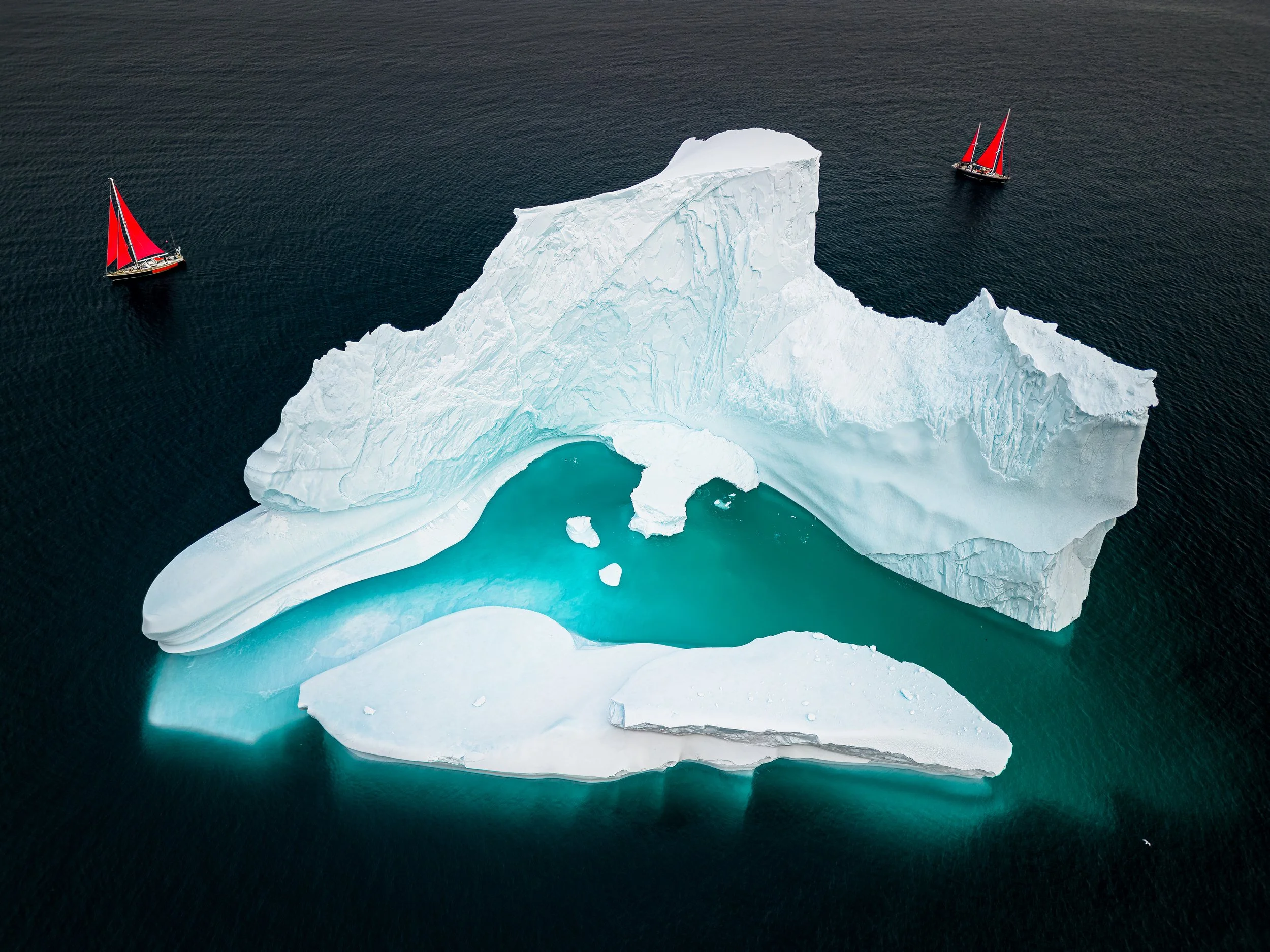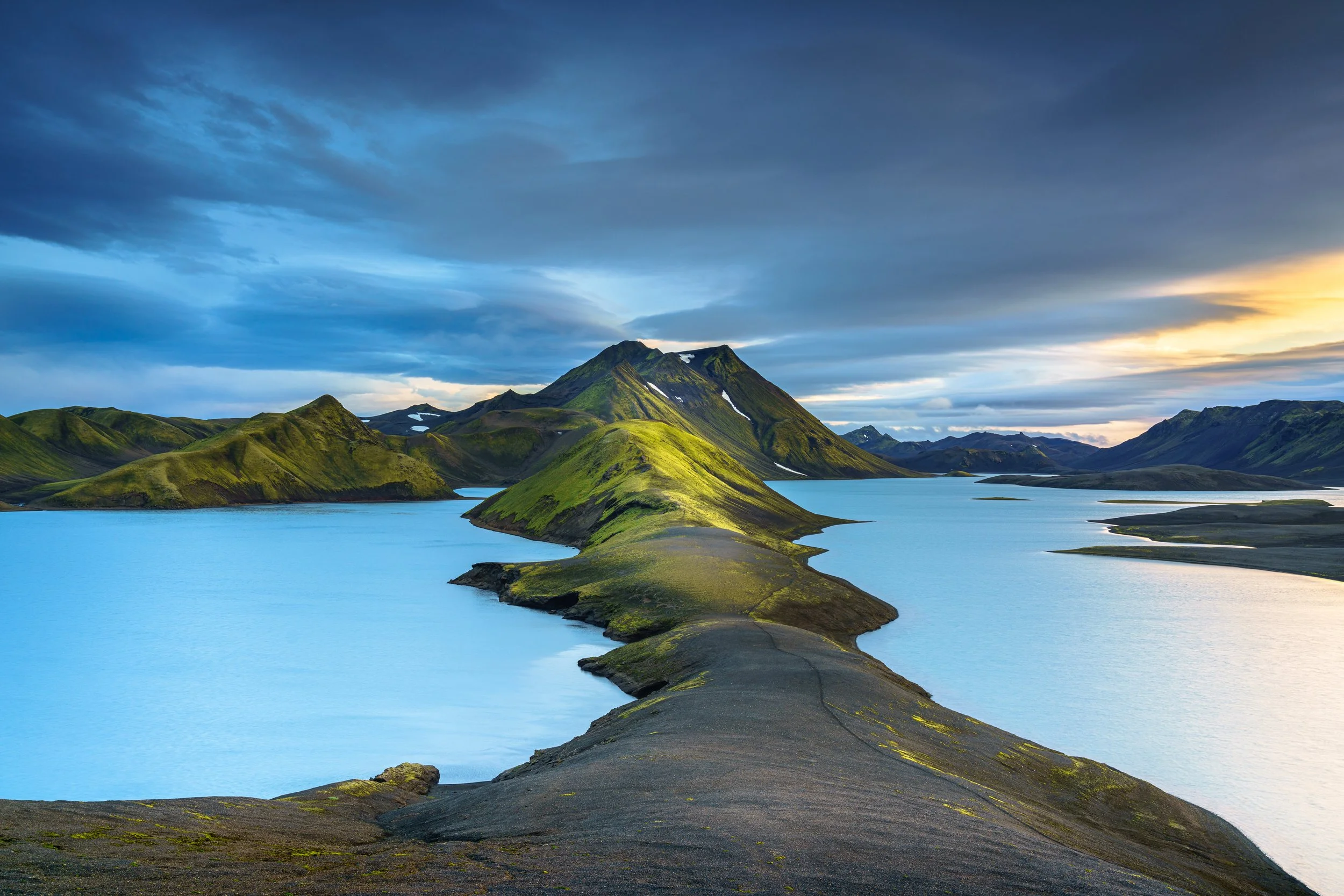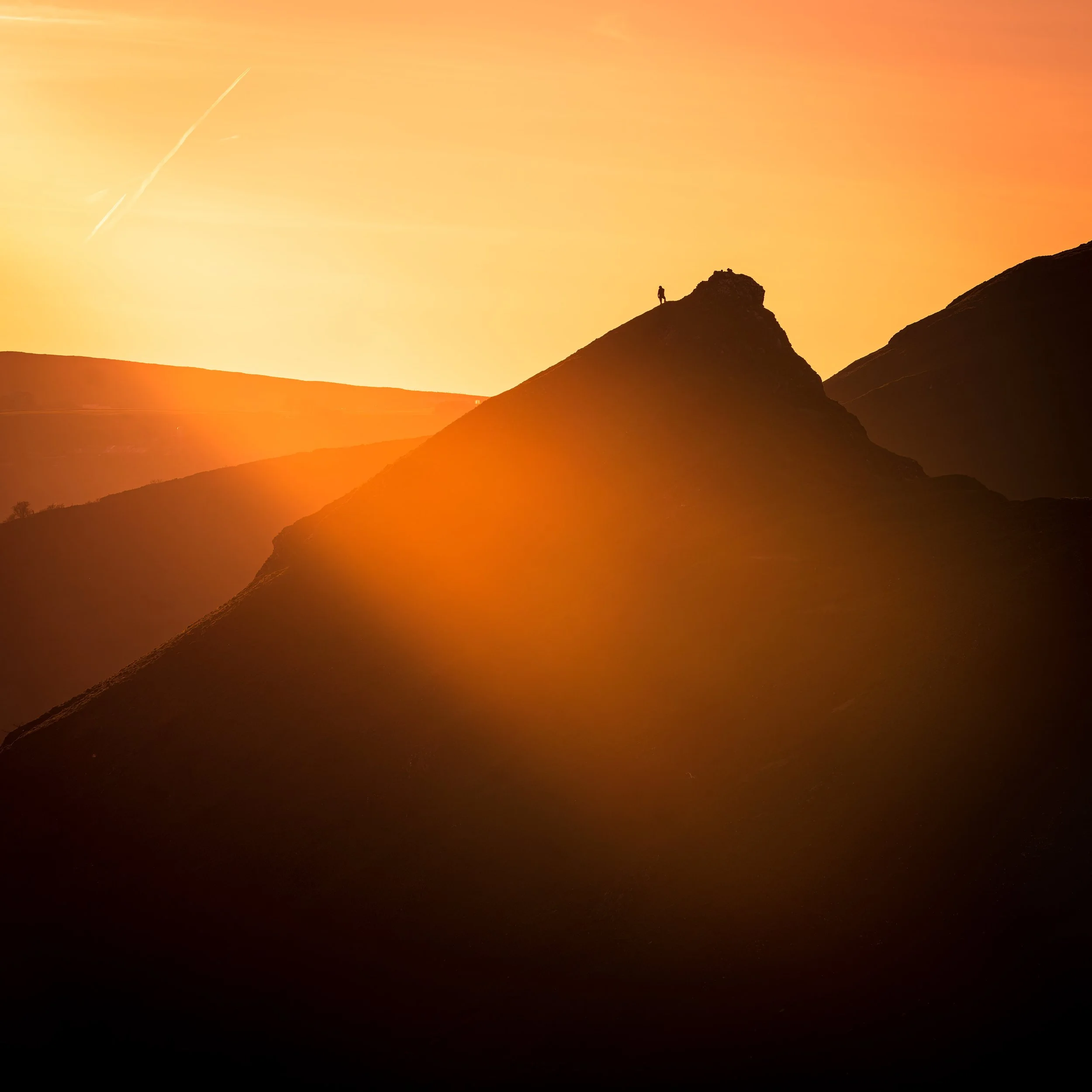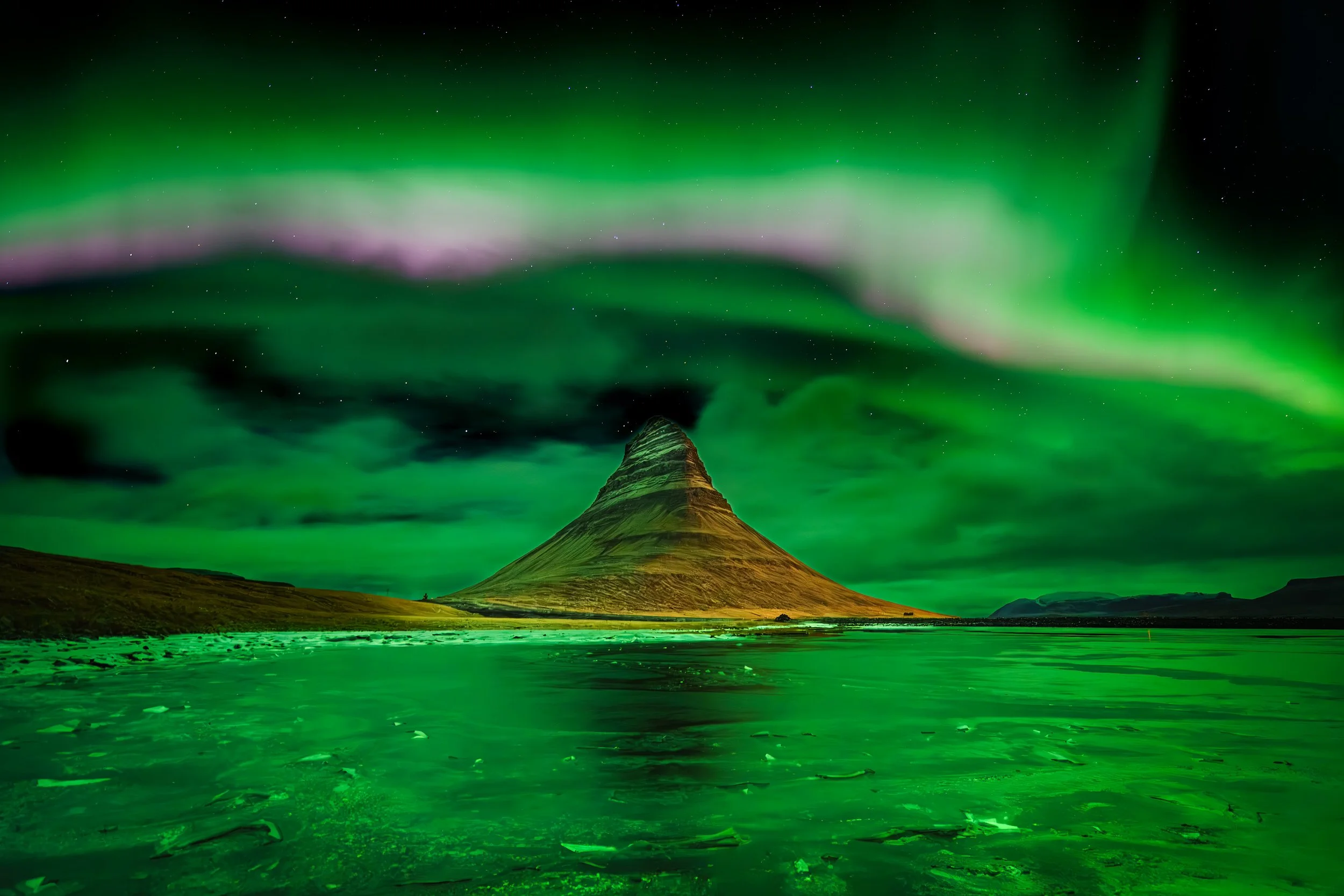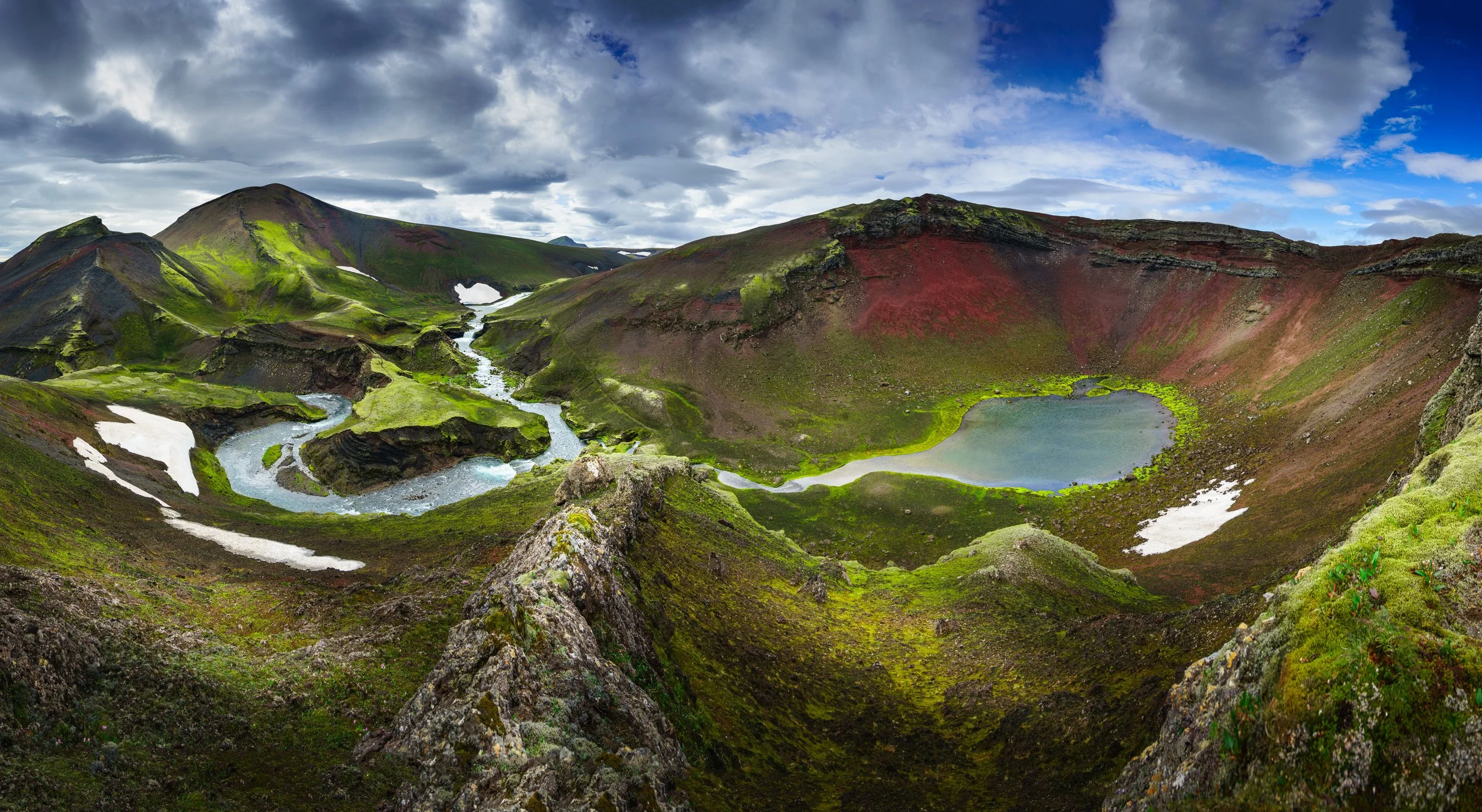Here Be Dragons
The Latin phrase “hic sunt dracones” (“here be dragons”) echoes the practice of medieval cartographers to denote dangerous or unexplored territories by placing illustrations of mythological creates, such as dragons, on globes and maps. The origin of the dragon myth is obscure but it is beyond doubt that the concept of dragons evolved independently in cultures across the world, including in China and in Europe. If you look closely, dragons abound in the landscape; it’s not hard to see why the mythology was created. These images depict various landscapes which resemble dragons, or parts of dragons.
"Red Dragon: The Phoenix", Reykjanes Peninsula, Iceland (21 August 2021)
"White Dragon | Red Sails", Disko Bay, Greenland (11 September 2023)
"Blue Dragon: The Dragon's Back", Highlands, Iceland (17 July 2020)
"The Dragon's Back III: The Rider", The Peak District, England, UK (7 April 2023)
"Dance of the Green Dragon", Kirkjufell, Iceland (29 November 2019)
"The Dragon's Eye", Lofoten Islands, Norway (7 February 2023)
"The Dragon's Tail", Ponta de São Lourenço, Madeira (26 August 2021)
"The Dragon's Lair I: Red Dragon", Highlands, Iceland (17 July 2020)
"Harbour Heights: The Sleeping Dragon", Shirley Heights, Antigua (28 January 2022)
"The Dragon's Back I: Rohan", Peak District, England, UK (8 April 2023)
"The Dragon's Lair II: Green Dragon", Highlands, Iceland (16 July 2020)
"The Dragon’s Teeth", Senja, Norway (9 February 2023)
"Dungeons & Dragons", Bavaria, Germany (1 February 2024)

